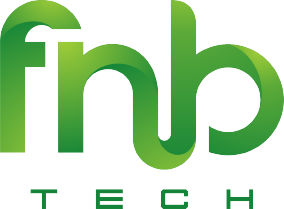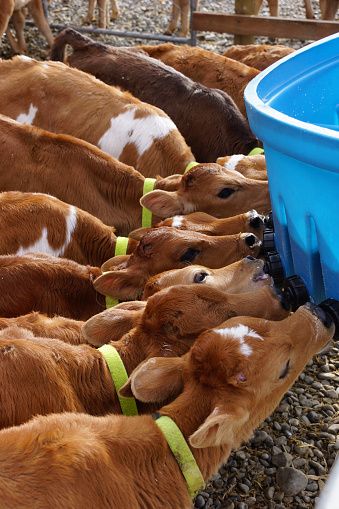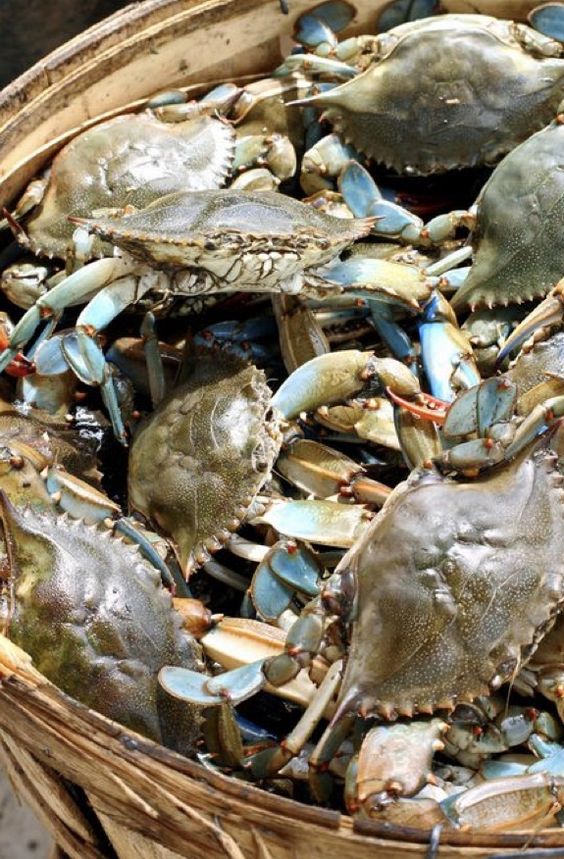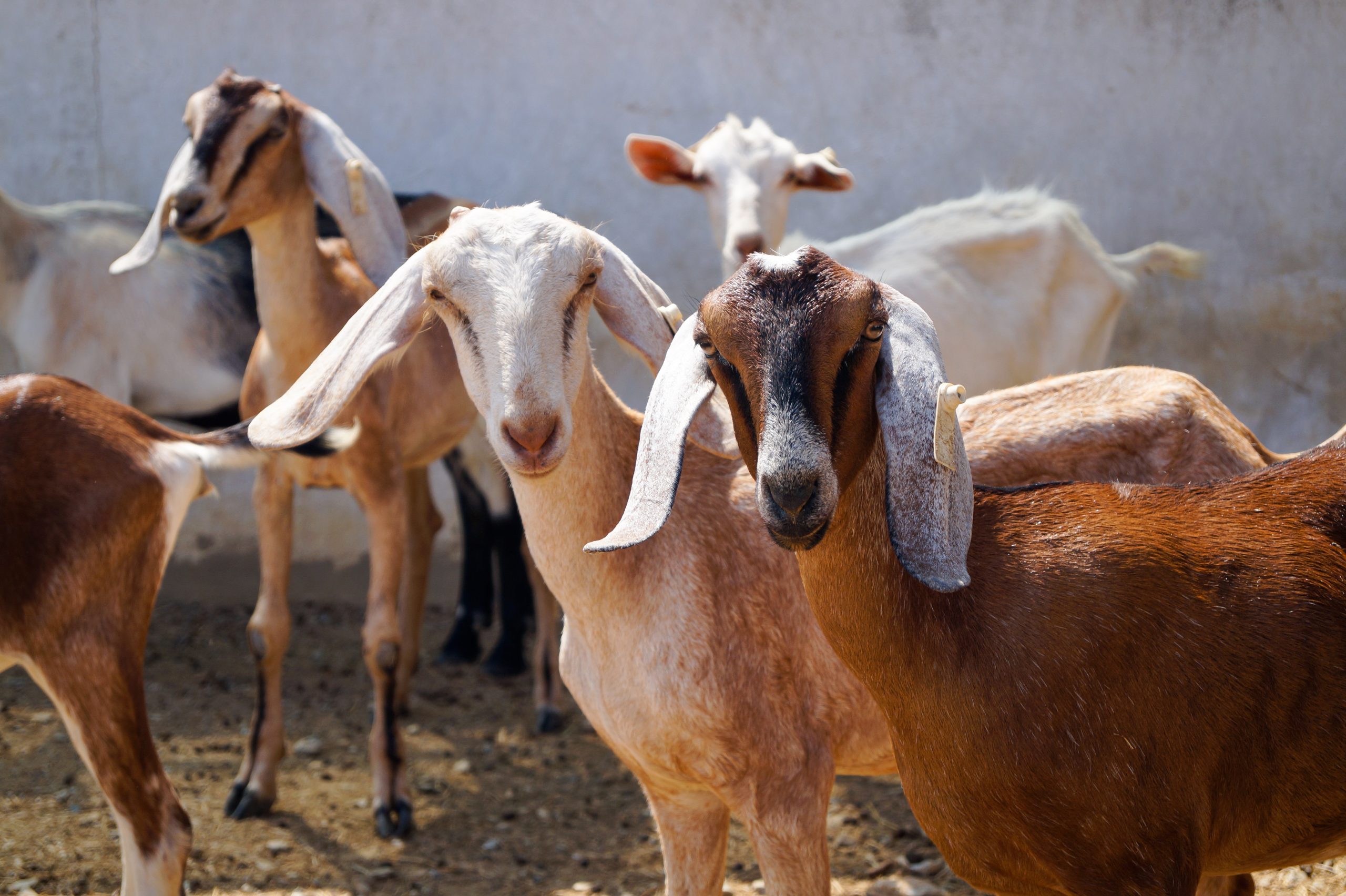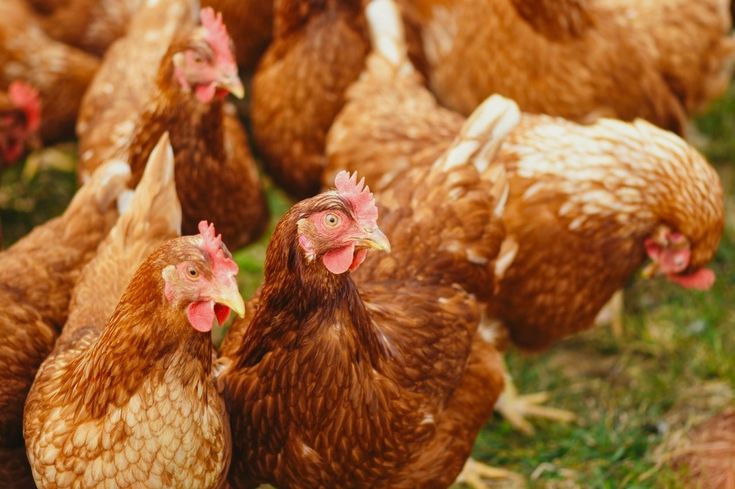The World of Dairy Cattle Farming: From Moo to Milk
Dairy Cattle Farming is an agricultural practice that has existed for millennia, providing us with a vital source of milk and its many delicious products. But what exactly goes into raising dairy cows and producing the dairy products we know and love? Let’s delve into the world of dairy cattle farming, exploring the different aspects of this practice.
Breeds and Biology Dairy Cattle Farming
Not all cows are created equal! Dairy farms primarily raise specific breeds known for their high milk production capabilities. The most popular dairy breed globally is the Holstein-Friesian, known for its distinctive black and white markings and impressive milk yields. Other common breeds include Jersey (known for their rich milk), Brown Swiss (known for their hardiness), and Guernsey (known for their golden-colored milk).
A cow’s ability to produce milk is intricately linked to its motherhood. Cows naturally lactate, or produce milk, to nourish their newborn calves. Dairy farmers capitalize on this by artificially inseminating cows to become pregnant roughly every year. Pregnancy triggers milk production, which continues for about 10 months after calving. This cycle ensures a consistent supply of milk for dairy products.
Housing and Care Dairy Cattle Farming
Dairy cows can be housed in various ways, depending on the farm’s size, location, and management style. Some farms utilize confinement housing, where cows spend most of their time indoors in stalls or free-stall barns. These barns are designed for comfort and hygiene, with features like cushioned bedding and automatic manure removal systems. Other farms practice pasture-based dairying, where cows graze on fields for a portion of the day and are supplemented with feed when needed. This method allows for more natural behavior, but may not be feasible year-round in all climates.
Regardless of housing style, dairy cow welfare is a crucial aspect of dairy farming. Cows require proper nutrition, including high-quality feed, clean water, and access to minerals and vitamins. Regular veterinary care and hoof trimming are essential for maintaining good health. Additionally, providing cows with some space to move around and socialize with herd mates contributes to their overall well-being.
Milking and Processing Dairy Cattle Farming
The milking process on a dairy farm is a carefully managed routine. Modern farms utilize milking parlors, where cows are brought in one or several times a day for milking. These parlors are equipped with milking machines that gently stimulate the cows’ udders to release milk. The milk is then piped into refrigerated tanks to ensure freshness.
Once collected, raw milk undergoes various processing steps to make it safe and shelf-stable for consumers. This may involve pasteurization, which heats the milk to kill harmful bacteria. Milk can also be homogenized to create a smooth texture, or separated to produce cream and skim milk. Finally, the milk is packaged in cartons, jugs, or other containers and distributed to stores for purchase.
Sustainability and Ethical Considerations Dairy Cattle Farming
Dairy cattle farming has a significant environmental impact. Cows produce methane, a greenhouse gas, and manure management can contribute to water pollution. Additionally, some consumers raise concerns about animal welfare practices in dairy farming.
In response to these issues, many dairy farmers are implementing sustainable practices. These include improving feed efficiency to reduce methane production, utilizing manure digesters to convert waste into energy, and adopting pasture-based grazing systems to improve soil health. Additionally, movements promoting higher welfare standards, such as providing cows with access to pasture and avoiding unnecessary antibiotic use, are gaining traction in the industry.
The Future of Dairy Dairy Cattle Farming
The future of dairy cattle farming is likely to involve a continued focus on sustainability and ethical practices. Technological advancements like automated milking systems and precision feeding may improve efficiency and animal well-being. Alternative dairy products made from plant-based sources are also gaining popularity, offering consumers with new choices.
Conclusion Dairy Cattle Farming
Dairy cattle farming plays a vital role in our food system. By understanding the processes involved, from raising healthy cows to processing milk into various products, we gain a deeper appreciation for the complexities of this agricultural practice. As the industry evolves, addressing sustainability concerns and ensuring animal welfare will be crucial for its continued success.

